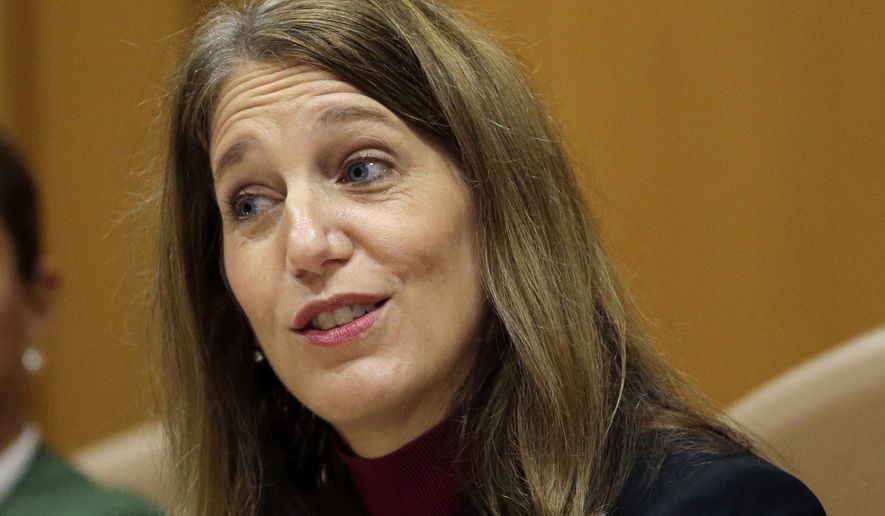Taxpayers will pick up the cost of 72 percent of the average premiums for customers who qualify for Obamacare subsidies using HealthCare.gov, the administration said Monday in a report that underscores the stakes in a looming Supreme Court case.
Almost all customers who buy insurance on the federal exchanges do qualify for subsidies, totaling 6.5 million people across the 37 states served by HealthCare.gov, the Department of Health and Human Services said.
All of those customers could lose subsidies should the Supreme Court rule that the administration broke the law by paying out to customers on the federal exchange instead of limiting the subsidies to users of state-run exchanges.
Overall, 87 percent of federal exchange enrollees get subsidies, and some states are even higher: 94 percent of Mississippi customers and 93 percent of Floridians will get tax credits this year, HHS said.
The average customer will get $268 in tax subsidies a month, leaving them with a $105 bill.
“With just six days left before the Feb. 15 deadline and the end of this year’s open enrollment, millions of Americans already are counting on the financial assistance the Affordable Care Act provides to put quality, affordable health insurance coverage within reach,” HHS Secretary Sylvia M. Burwell said, adding the subsidies are proof the law is “working for the middle class.”
The report is part of the HHS’s push to make the Obamacare exchanges look more attractive to uninsured Americans before Sunday’s deadline to sign up.
But it’s also an implicit rebuke to congressional Republicans and other Obamacare critics who want the Supreme Court to invalidate the subsidies in 34 states that did not set up their own exchanges.
Challengers in a lawsuit before the court, King v. Burwell, say the Affordable Care Act of 2010 reserved the subsidies for exchanges “established by the state,” which they interpret as exchanges set up by 16 states and the District of Columbia.
The administration feverishly disagrees, saying there is no evidence Congress intended to treat enrollees in some states differently than others.
Without the tax credits, many people would no longer be able to afford their coverage, throwing Obamacare and individual insurance markets into a tailspin in the affected states.
Mrs. Burwell has been mum about any plans to deal with a ruling that strikes down the subsidies. Instead, her agency has highlighted the benefits of taxpayer assistance under the law.
Congressional Republicans, meanwhile, have complained about the price tag of doling out Obamacare subsidies to so many Americans on top of the cost of expanding Medicaid in certain states.
Last week, a trio of influential GOP lawmakers released an alternative to Obamacare that would still offer subsidies to lower-income Americans seeking private health coverage.
The blueprint, which is not yet a bill, would offer tax credits to people making up to 300 percent of the federal poverty level in place of Obamacare’s 100 percent-to-400 percent window.
Also, it would replace the law’s Medicaid expansion with state-by-state grant funding — ostensibly letting people below the poverty level choose between the program and subsidized private coverage.
• Tom Howell Jr. can be reached at thowell@washingtontimes.com.




Please read our comment policy before commenting.